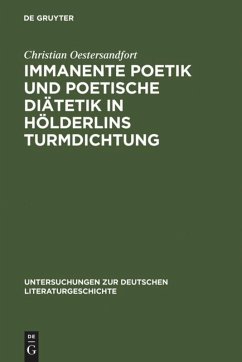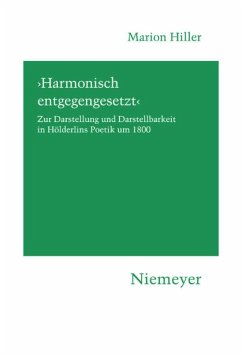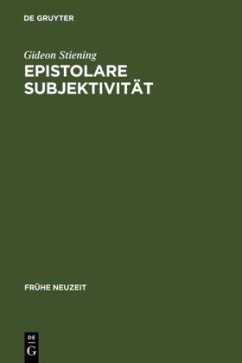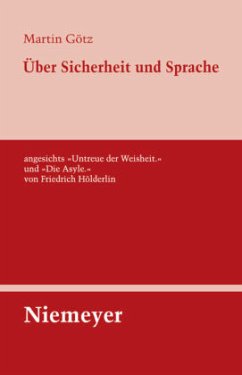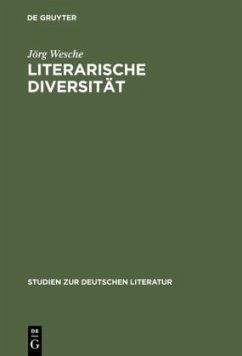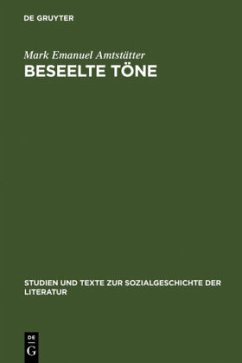This volume is an attempt to provide a first comprehensive appreciation of Hölderlin's Tower Poems (the poems of his madness). It begins by reconstructing the poetology underlying them under the headings of imagery, landscape, space, and time. In addition the interpretations cast light on the dietetic and therapeutic aspects of this subjacent poetology, which is shown to accord with a therapeutic approach to life in general. In the history of discourse Hölderlin stands in the tradition of the 'mad author', a role he must have seen as being more or less thrust upon him. Finally, his pseudonym 'Scardanelli' is interpreted as an enactment of the figure of the mad poet refracted with that of a poeta minor.
Diese Arbeit ist ein Versuch, Hölderlins Turmdichtung erstmals umfassend zu deuten und strukturell zu erschließen. Zunächst wird die immanente Poetik der Turmdichtung unter den Gesichtspunkten der Bildlichkeit, der Landschaft, der Zeit und des Raumes rekonstruiert. Anschließend wird ein Zugang zur diätetisch-therapeutischen Poetik der Turmdichtung eröffnet. Es zeigt sich dabei, dass diese diätetische Poetik eng mit einer Therapeutik des Lebens verbunden ist, die zugleich eine Hermeneutik des Lebens darstellt. Hölderlin steht noch zu Lebzeiten in der Diskurs-Geschichte des "wahnsinnigen Dichters"; er lebt im Tübinger Turm notgedrungen einen Topos, erscheint als ein neuer Tasso - eine Rolle, in die er sich geradezu gedrängt sehen musste. Der circulus vitiosus, als Kranker zugleich immer auch die Rolle eines Kranken spielen zu müssen, ist für das bedrängte Selbst eine besondere Herausforderung. So wie Hölderlins Dichtung enthält auch seine Lebenspraxis diätetische Züge. Dies zeigt sich in ihrer Sparsamkeit, ihrer Rhythmik, in der Bedeutung als Ausdruck und Therapie der Unruhe in der Ritualität der sozialen Interaktion, wie sie Hölderlin in seiner Rolle als "Scardanelli" zum Ausdruck bringt. Das Pseudonym "Scardanelli" wird dabei als inszenatorische Reflexionsfigur des wahnsinnigen Dichters und eines poeta minor gedeutet.
Diese Arbeit ist ein Versuch, Hölderlins Turmdichtung erstmals umfassend zu deuten und strukturell zu erschließen. Zunächst wird die immanente Poetik der Turmdichtung unter den Gesichtspunkten der Bildlichkeit, der Landschaft, der Zeit und des Raumes rekonstruiert. Anschließend wird ein Zugang zur diätetisch-therapeutischen Poetik der Turmdichtung eröffnet. Es zeigt sich dabei, dass diese diätetische Poetik eng mit einer Therapeutik des Lebens verbunden ist, die zugleich eine Hermeneutik des Lebens darstellt. Hölderlin steht noch zu Lebzeiten in der Diskurs-Geschichte des "wahnsinnigen Dichters"; er lebt im Tübinger Turm notgedrungen einen Topos, erscheint als ein neuer Tasso - eine Rolle, in die er sich geradezu gedrängt sehen musste. Der circulus vitiosus, als Kranker zugleich immer auch die Rolle eines Kranken spielen zu müssen, ist für das bedrängte Selbst eine besondere Herausforderung. So wie Hölderlins Dichtung enthält auch seine Lebenspraxis diätetische Züge. Dies zeigt sich in ihrer Sparsamkeit, ihrer Rhythmik, in der Bedeutung als Ausdruck und Therapie der Unruhe in der Ritualität der sozialen Interaktion, wie sie Hölderlin in seiner Rolle als "Scardanelli" zum Ausdruck bringt. Das Pseudonym "Scardanelli" wird dabei als inszenatorische Reflexionsfigur des wahnsinnigen Dichters und eines poeta minor gedeutet.

